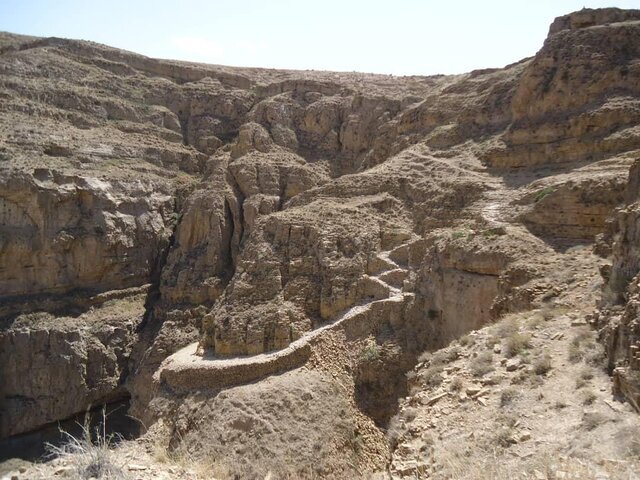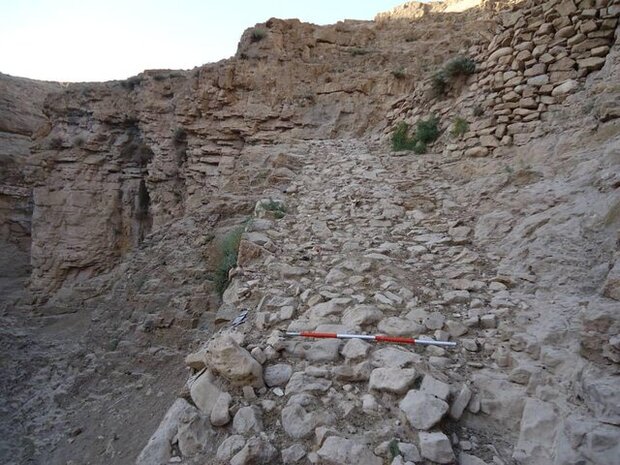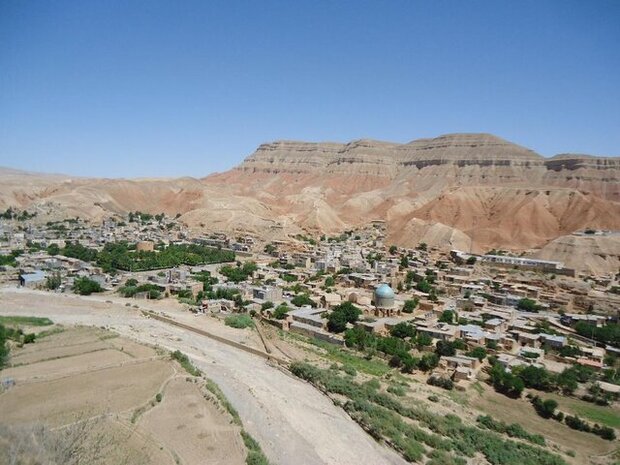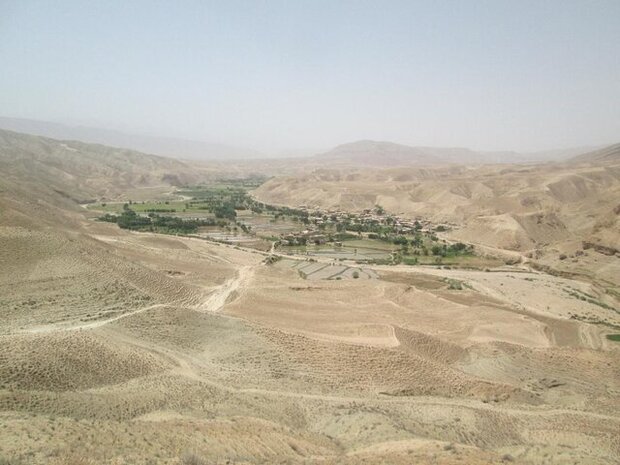Bronze Age, ancient relics unearthed near once residence of ‘Iran’s Napoleon’

TEHRAN – Iranian archaeologists have unearthed arrays of relics and ruined structures near a once resident of Nader Shah, often called the “Napoleon of Iran.”
Estimated to date from the Bronze Age to the Qajar era (1789–1925), the objects were found near the northeastern villages of, Khalaj, Qolleh Zu, and Garu in Kalat county, Razavi Khorasan province.
“So far, 127 historical relics and ruined monuments have been identified, covering the period from the Bronze Age to the Qajar era,” ISNA quoted Hamed Tahmasbizadeh, a senior local archaeologist, as saying on Sunday.
The ruined structures are related to watermills, Asbads (windmills), water irrigation systems, qanats (underground aqueducts), roads, stairways, and walls were part of the discoveries, Tahmasbizadeh said.

Moreover, the archaeologists have discovered a cemetery, which is estimated to date back to the Iron Age and Bronze Age, Tahmasbizadeh added.
An ancient mine and the ruins of towers, fortresses, mosques, public bathhouses, bridges, and historical gardens were also found in the vast archaeological survey, the report said.
The three villages are situated near Qasr-e Khorshid (literally ‘the Sun Palace’), an 18th-century iconic monument that was once a royal resident for Nader Shah of Persia (1688–1747) who created an empire that stretched from northern India to the Caucasus Mountains.
Narratives say the ‘palace’ is named after Khorshid who was one of Nader’s wives. However, it was never completed due to an ambiguous state of affairs that poured in following Nader Shah’s sudden death.

Some believe that foreign artisans were engaged in the construction of the monument as its exterior panels bear pineapple and pear motifs, which are deemed to be unknown in the then Khorasan region. Evidence suggests the building was used as a residential headquarters during the early Qajar era (I785 to 1925).
Nader Shah is widely considered as one of the most powerful rulers in the history of the nation. He assumed power when a period of chaos overwhelmed Iran. The powerful monarch managed to reunite the Persian realm while repelled invaders. He is sometimes referred to as the Napoleon of Persia (Iran) or the Second Alexander, according to Encyclopedia Britannica.

Born Nader Qoli Beg, Nader had an obscure beginning in the Turkish Afshar tribe, which was loyal to the Safavid shahs of Iran. After serving under a local chieftain, Nader formed and led a band of robbers, showing marked powers of leadership. In 1726, as head of this group of bandits, he led 5,000 followers in support of the Safavid shah Ṭahmasp II, who was seeking to regain the throne his father had lost four years earlier to the Ghilzay Afghan usurper Mahmad.
Nader reformed Iran’s military forces and utterly defeated the Ghilzay Afghans in a series of brilliant victories, after which he restored Tahmasp to the Iranian throne. In 1736 Nader deposed the youthful ʿAbbas III (as Tahmasp II’s son was styled) and ascended the Iranian throne himself, taking the title of Nader Shah.
Although brilliantly successful as a soldier and general, Nader Shah had little talent for statesmanship or administration, and Iran became utterly exhausted during the later years of his reign. Tens of thousands of people perished in his ceaseless military campaigns, and the exactions of his tax-gatherers ruined the country’s economy.
AFM
No comments:
Post a Comment